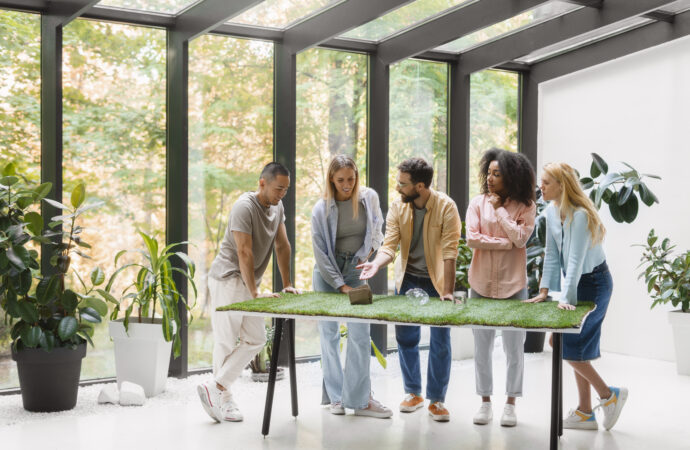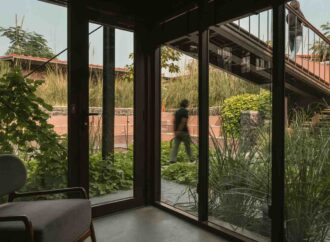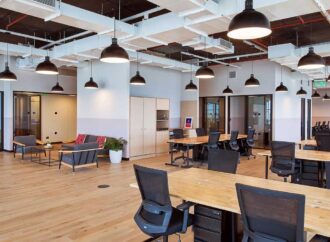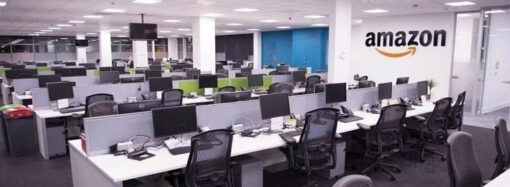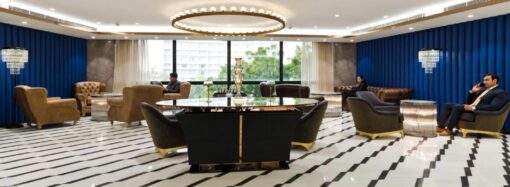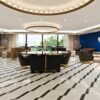Explore seven key strategies to transform your office into a nature-centric space. From biophilic design to maximizing natural light and sustainable practices, learn how to boost employee well-being and productivity.
Creating top-notch nature-centric office spaces is an essential strategy for modern businesses to promote employee well-being, increase productivity, and foster a harmonious work environment. As we advance into the new age, incorporating natural elements into office design is not just a trend but a profound shift in how we envision the workspace.
Here are seven comprehensive strategies to effectively create nature-centric office spaces:
- Biophilic Design Principles
Biophilic design aims to connect people and nature in built environments. Research shows this approach can significantly reduce stress, boost creativity, and improve well-being. There needs to be more than just adding a few plants in the office to achieve this. It requires a fundamental integration of natural materials such as wood, stone, and bamboo and design elements like living green walls, water features, and landscapes that can be seen from within the office. Office layouts should also be planned to maximise exposure to natural elements, making nature visible and accessible from every point within the workspace.
- Maximize Natural Light
Natural light is a critical component of nature-centric design. An office abundant in natural light reduces the reliance on artificial lighting, thereby saving energy, and has also been shown to improve employee mood and energy levels. Design features that maximise natural light include large, possibly floor-to-ceiling windows, glass walls, and strategically placed skylights. Additionally, the orientation of the office should be considered to optimise the amount of sunlight entering the space throughout the day.
- Outdoor and Transitional Spaces
Providing access to outdoor spaces such as balconies, terraces, and rooftop gardens allows employees to work in fresh air and natural light, offering a refreshing change from the traditional indoor office. These spaces are ideal for informal meetings, breaks, or even solo work needing concentration away from the usual office buzz. Transitional spaces like atriums or conservatories that serve as buffers between outdoor and indoor environments can also enrich the workspace, offering a sense of being outdoors while providing shelter from adverse weather conditions.
- Air Quality and Ventilation
Good air quality is paramount in office design, especially in tightly sealed environments that can accumulate pollutants faster than outdoors. Techniques to enhance indoor air quality include using advanced HVAC systems with air filters and increasing natural ventilation through operable windows and ventilation stacks. Incorporating plants is not just aesthetically pleasing; certain species can detoxify the air, reducing carbon dioxide levels and filtering harmful chemicals.
- Use of Color and Natural Textures
The palette used in an office can significantly influence the mood and atmosphere of the space. Choosing colours that evoke the natural world—greens, browns, blues, and soft earth tones—can create a calming and inviting workspace. These colours can be complemented by natural textures such as wood, cork, and linen, which can be incorporated into furniture, flooring, and wall finishes. These elements help mimic the outdoors and can subconsciously connect the indoor environment with nature.
- Sustainable Practices and Materials
Sustainability should be at the core of designing nature-centric offices. This includes selecting environmentally friendly and sustainably sourced materials. Recycled materials, bamboo, certified sustainable wood, and non-toxic paints should be prioritised. Beyond materials, sustainable practices such as effective waste management systems, energy-efficient appliances, and water-saving fixtures should be integrated into the office environment.
- Flexible Workspaces
The final strategy is the creation of flexible and dynamic work environments. Modern office designs allow for easy modifications in layout and design to adapt to various work needs and mimic the dynamic nature of outdoor environments. Features like movable walls, modular furniture, and adjustable lighting systems can help create a space that is adaptable and responsive to the needs of its users.
Implementing these strategies fosters a healthier, more engaging work environment and aligns with broader environmental goals. This makes businesses more attractive to eco-conscious employees and clients alike. The result is a workspace that looks and feels good, enhancing overall productivity and satisfaction.

